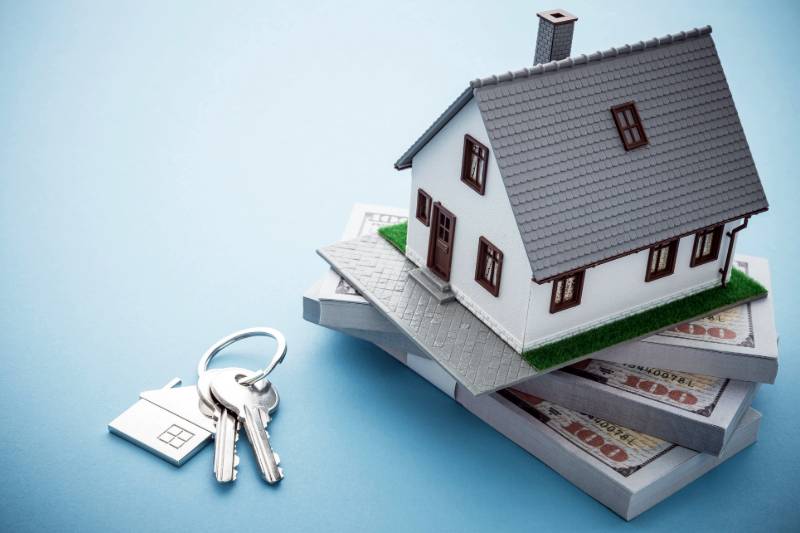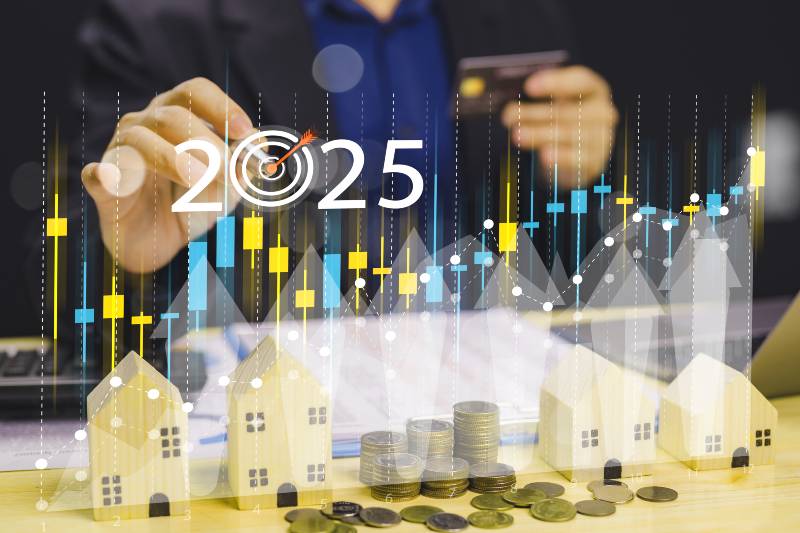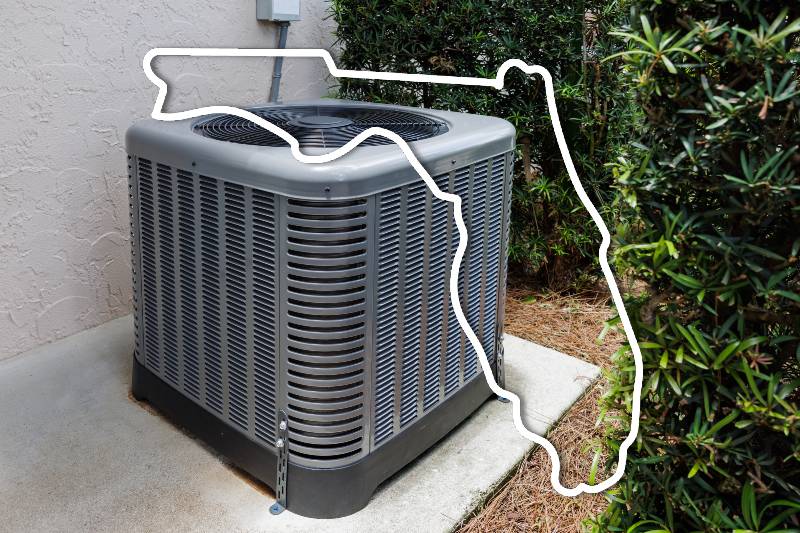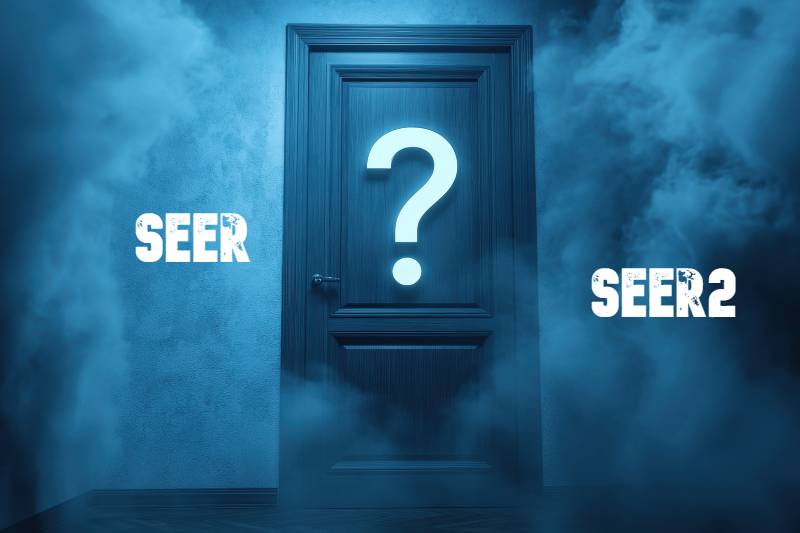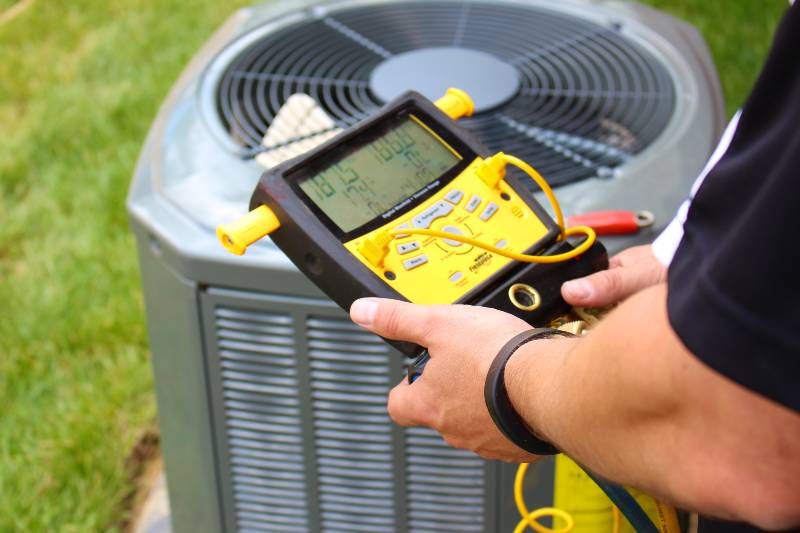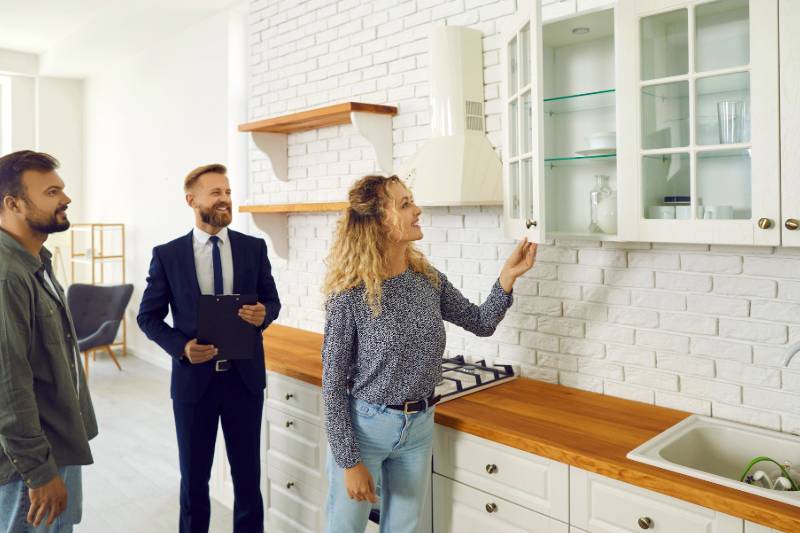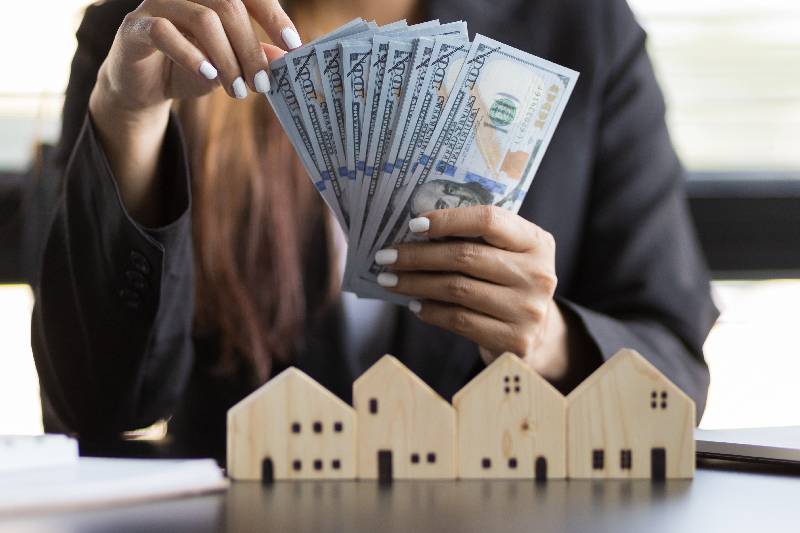Welcome to selling your house with a mortgage 101! In this article, we’ll guide you through the entire process of selling a home with a mortgage. From understanding the different types of mortgages to the extra steps involved with the different types, we’ve got you covered.
Can You Sell a House with a Mortgage?
Are you wondering, “Can I sell my house if I still have a mortgage?” The answer is a resounding yes! Selling a home with an existing mortgage is a common occurrence. Don’t let the thought of your mortgage balance intimidate you.
The Process of Selling a Home with a Traditional Mortgage
So, how does selling a house with a mortgage work? Selling a home with a traditional mortgage is the most common scenario for homeowners. When you sell a home with a traditional mortgage, the proceeds from the sale are used to pay off your existing mortgage balance. Your real estate agent or attorney will work with your lender to ensure the mortgage is paid off during the sale’s closing. If the sale price of your home is higher than your mortgage balance and the costs of selling, you get to keep the extra money! On the other hand, if your home sells for less than what you owe, you will be responsible for paying the remaining mortgage balance. This is known as a short sale. It’s important to stay in close contact with your lender and real estate professional during this time to facilitate the process and ensure it goes smoothly.
Reverse and Second Mortgages
Now, let’s dive into the more intricate aspects of reverse and second mortgages. These types of mortgages involve a few extra steps that homeowners should be aware of when selling their homes.
Selling a Home with a Reverse Mortgage
Selling a house with a reverse mortgage is similar to selling a home with a standard mortgage, with a few minor differences. The process starts by determining the home’s value and listing it for sale. Once you find a buyer, part of the proceeds from the sale will go towards paying off the reverse mortgage. The money left after paying off the mortgage is your profit. If the sale proceeds are not enough to pay off the reverse mortgage, you or your heirs are not responsible for the difference unless you choose to keep the home.
Here’s an example. Let’s say you have a reverse mortgage on your home, and you owe $150,000. You decide to sell your home, and it’s valued and sold for $200,000. Once you find a buyer and close the sale, you’ll use part of the $200,000 to pay off your $150,000 reverse mortgage. After the mortgage balance is cleared, you are left with $50,000. You’ll need to subtract any real estate agent fees and other selling costs from this. The remaining amount is your profit from the sale. And if your home sold for less than the $150,000 you owed on your reverse mortgage, you or your heirs wouldn’t be on the hook for the difference if you’re no longer keeping the home.
Selling a Home with a Second Mortgage
Selling a home with a second mortgage can be a bit more complex. While the process starts the same way – valuing the home and listing it for sale – the home’s proceeds must first pay off the primary or first mortgage. Then, the balance must go towards paying off the second mortgage. Only after both mortgages are fully paid will you pocket any remaining money. In some cases, you might negotiate with the second mortgage lender to accept a reduced payoff amount, especially if you sell the home for less than the combined total of the first and second mortgages.
Steps to Selling a Home with a Mortgage
Now, let’s break down the steps to selling a home with a mortgage:
- Determine Your Home’s Equity: This is the market value of your home minus what you still owe on your mortgage.
- Find a Real Estate Agent: Use Property.com’s Realtor Finder. A knowledgeable agent can help guide you through the process and provide valuable advice along the way.
- List Your Home for Sale: Your agent will help you determine a competitive price based on your local market.
- Accept an Offer: Once you accept an offer, the buyer’s lender will start the mortgage process on their end.
- Close the Sale: At closing, your mortgage will be paid off from the sale proceeds.
Additional Costs of Selling a House with a Mortgage
Selling a home with a mortgage, whether it’s a standard, reverse, or a second mortgage, is entirely feasible and common. The profits from the sale are first used to pay off your mortgage balance, and any remaining money is yours to keep. Remember that various costs, including real estate commission fees and closing costs, need to be factored in when calculating your potential profit.
Now you ask, “What are the next steps?”
First, if you have not already, claim your home on Property.com.
Second, search the sold homes in your area to understand your home’s current market value.
Third, get in touch with a Property.com real estate agent who can help you refine and determine your home’s market value and a selling strategy to kick-start the process. You’re closer than you think to turning that ‘For Sale’ sign into ‘Sold’!
At Property.com, we’re here to guide you through every step of your real estate journey. Understanding selling a home with a mortgage is just one of the many resources we provide to help you achieve your real estate goals.
Keep exploring our many helpful articles and resources, and stay informed on the latest news. Sign up here for news on what’s important to you. Your real estate dreams await! With Property.com as your partner, you have the power to make them yours.


